The first thing that you get to understand is that the key to building a successful business is figuring out who your customers are and how you can bring value to those customers. Once you understand how you bring value to your customers you will then be able to figure out how to monitize around this value. Finally you will begin putting together the process to execute around the value proposition. This final step is planning. Planning allows you to clearly articulate how the business will make a difference and create value for customers. It is the steps that you take on a daily basis that will allow you to reach your goals.
I have identified seven key areas to focus in on when developing the strategy to build and grow your business.
Seven Areas to Focus On In Planning Your Business
Vision: What is your vision for your business? What do you want to create? What value will you bring to your customers? This is the north star, the guiding light that you will follow through out the time your business is in existence. It is critical that your vision is crystal clear. This will keep you in track even when things get difficult.
Product/Service Description: Clearly articulate what your the product and or service really is? Focus. Be very specific and detailed so that it will be clear and easy for someone that doesn’t know you to clearly understand what you do.
Problem In The Market: What problem do you solve in the market? There should be a market driven reason that your business exists. People should have a need that isn’t being addressed by other businesses. Having said that you will probably have a lot of competitors which would mean the problem is being addressed. True, but only at a macro level. When you drill down to a micro level you can find the differentiation.
Solution To The Problem: Most people start with the solution before they are really clear on the problem. In this process you will have identified the problem so you get to create to solution that really creates impact. Be clear how your product/service addresses the problem. You will need to get out and talk to potential customers to gage if your solution is attractive to the market. If the solution is missing the mark don’t be afraid to shift off of your original solution in order to better target take advantage of the market opportunities.
How Will You Find Customers: Now you have identified the problem and you have vetted the solution with potential customers so the next step is to create strategy around finding customers, selling to customers and making money. Start big picture then bring your strategy down to a tactical level. Be very detailed in this as it will become the day to day action plan for your business.
Team/Operations: Who will be doing what in the business? You have to know the answer to this. Start by identifying your strengths and weaknesses. Be honest. Next identify how you will deal the weakness. This is when you start building your team. Bring in people that have skill sets that play well with your strengths and address the weaknesses you have identified. Note, you might be wondering how you are going to bring people in to the business if you don’t have any money. You need these people if you are serious about the business. Get creative.
Financial projections: Based on everything above now it is time to map out the money.
- Start-up expenses ~ What it will take to start your business? These are the one time expenses required to start the business. When you do this working on this be sure to factor in that “everything will take longer than you expected” and “everything will cost more than you expected”. I recommend increasing start-up expense estimations by at least three times in order to allow for price and timing fluctuations. If you are honest with yourself this will allow you to have a really good idea of the initial capitalization and time required to launch the business.
- Monthly Financial Plan ~ This is planning your operating revenue and expenses on a monthly basis. Note, this may be somewhat difficult to do without help of someone who is pretty money/spreadsheet savvy. Having said that don’t make it any harder than it has to be. It becomes an educated guess based on your price, number of units/clients sold, and the fixed expenses that occur regardless of sales levels and the variable expenses that that are tied to sales levels. Once you set these projections and you start selling go back each month and review actual compared to budgeted then make the necessary adjustments.
Commit: Finally, commit to your vision and the work it will take to execute and provide the value that you have identified. It is hard work but it is so worth it when you are making the difference in the lives of others.




